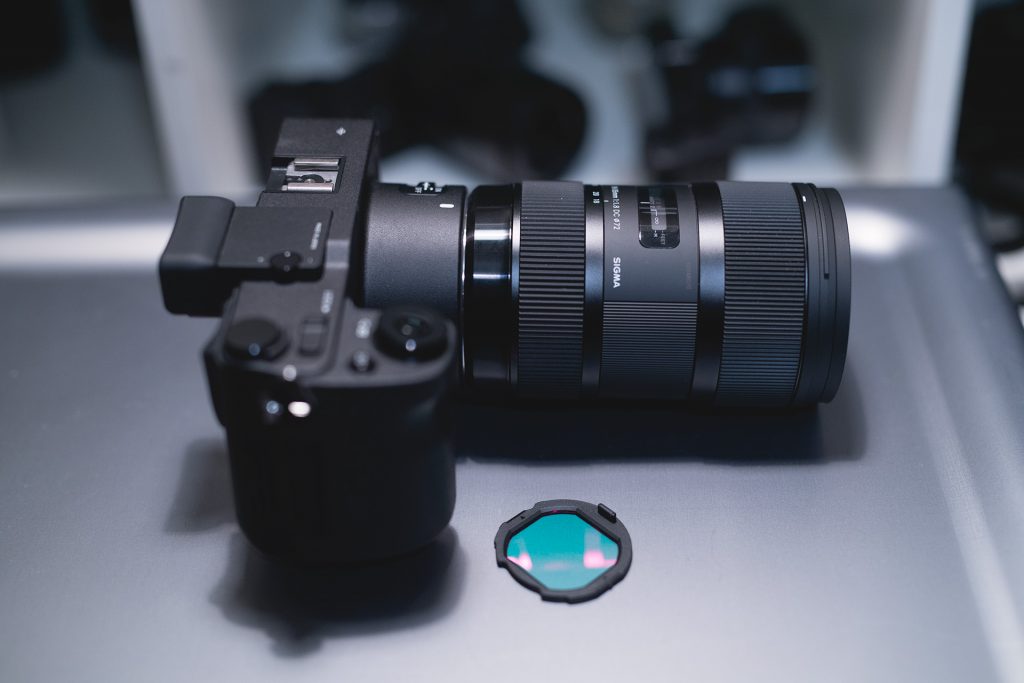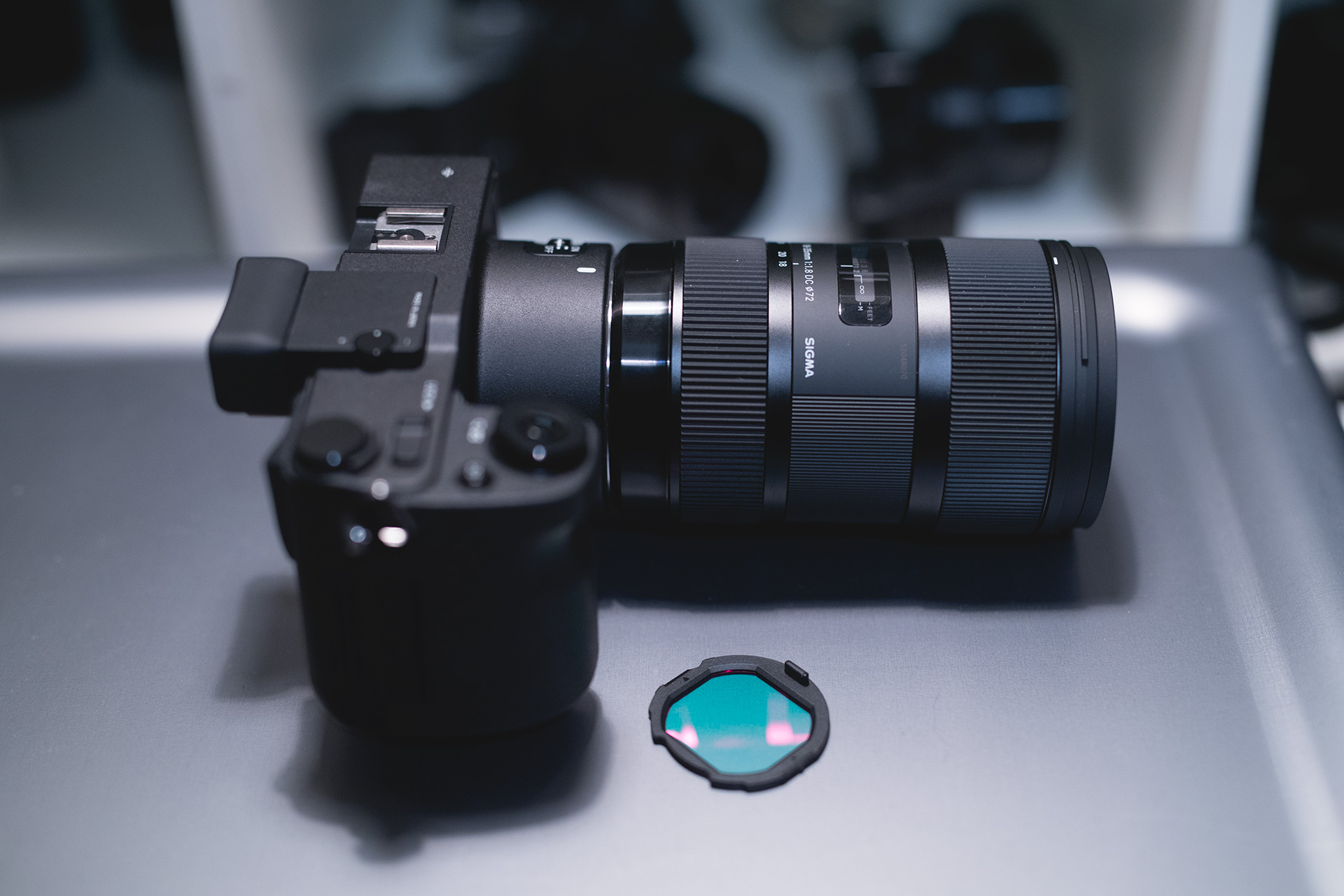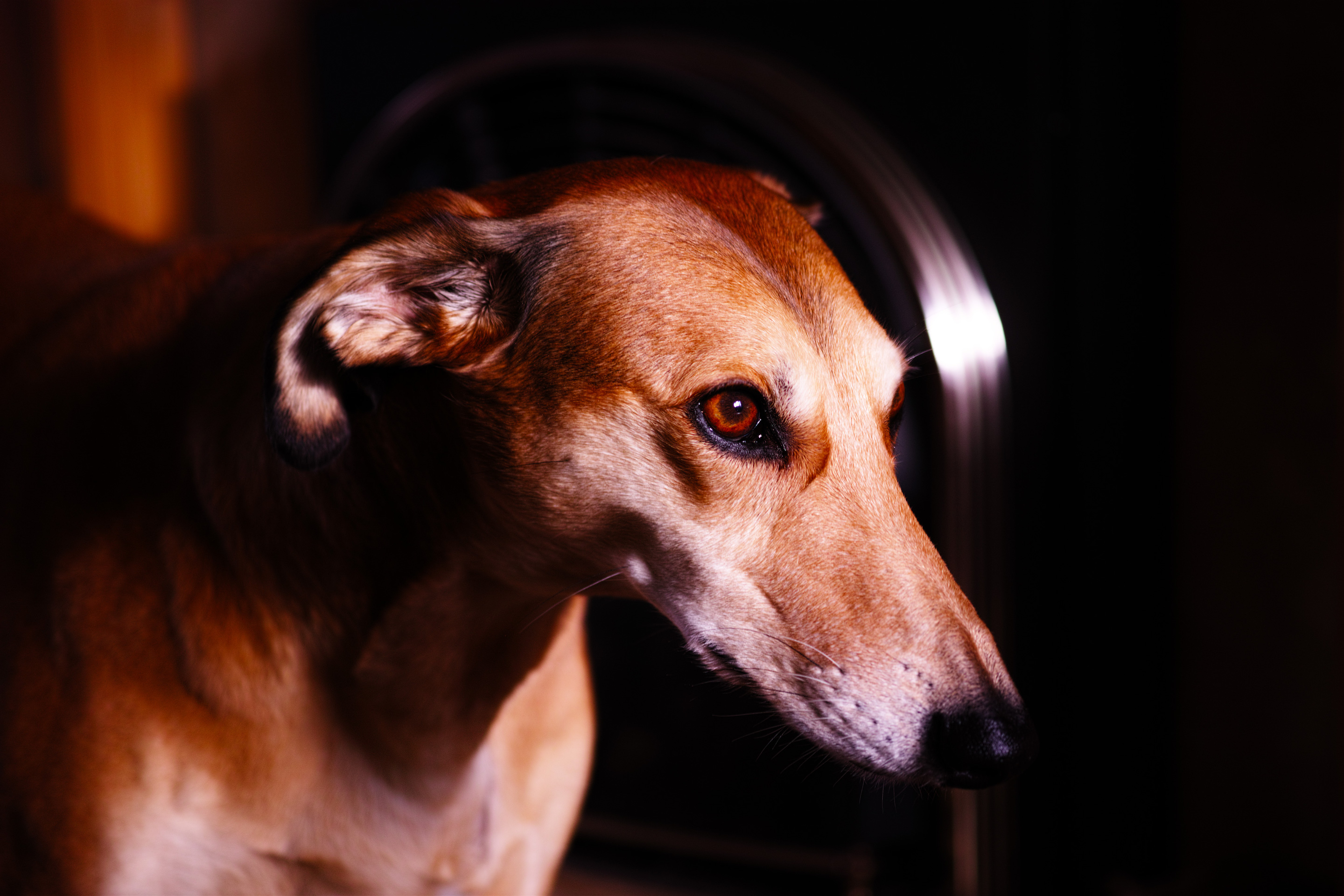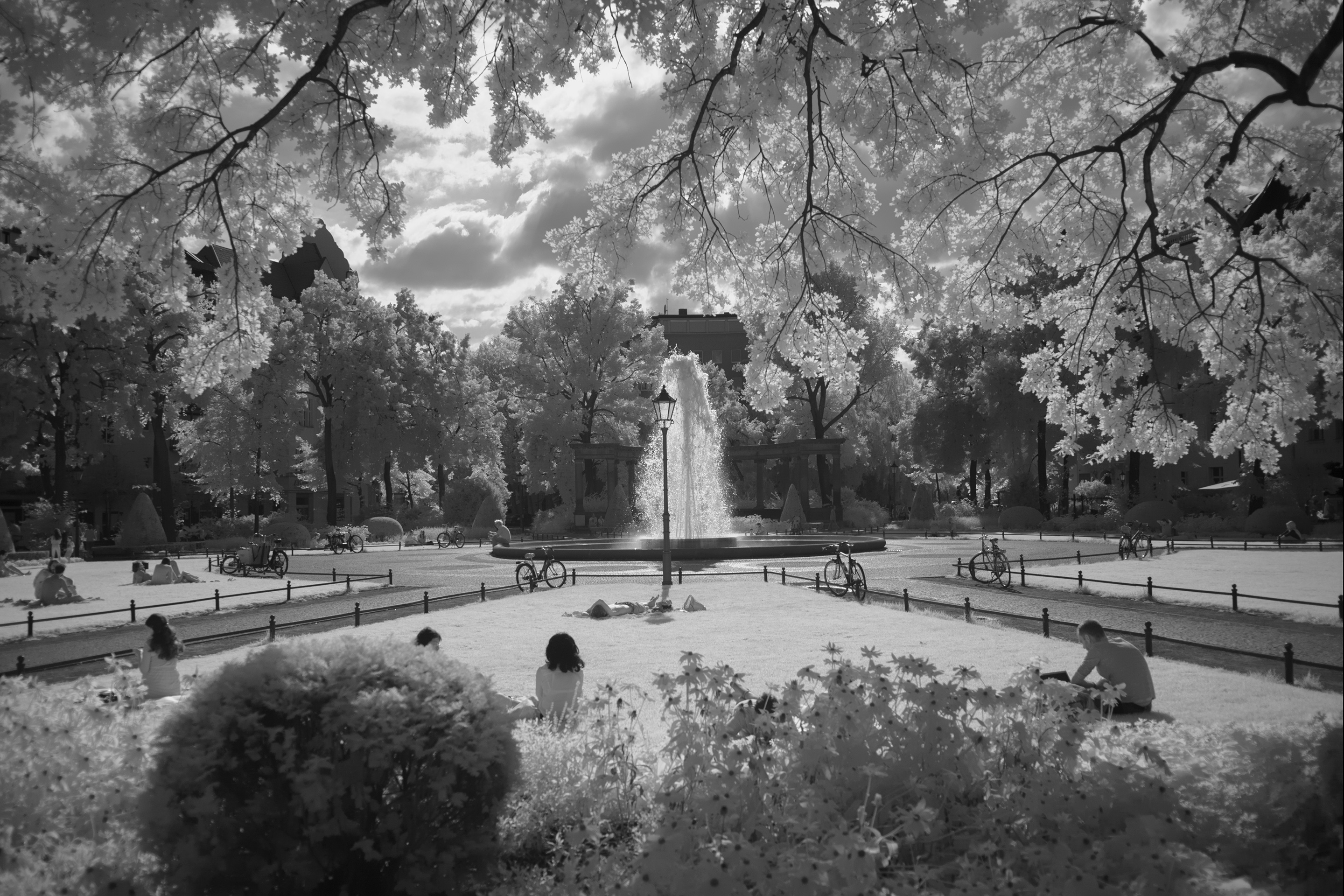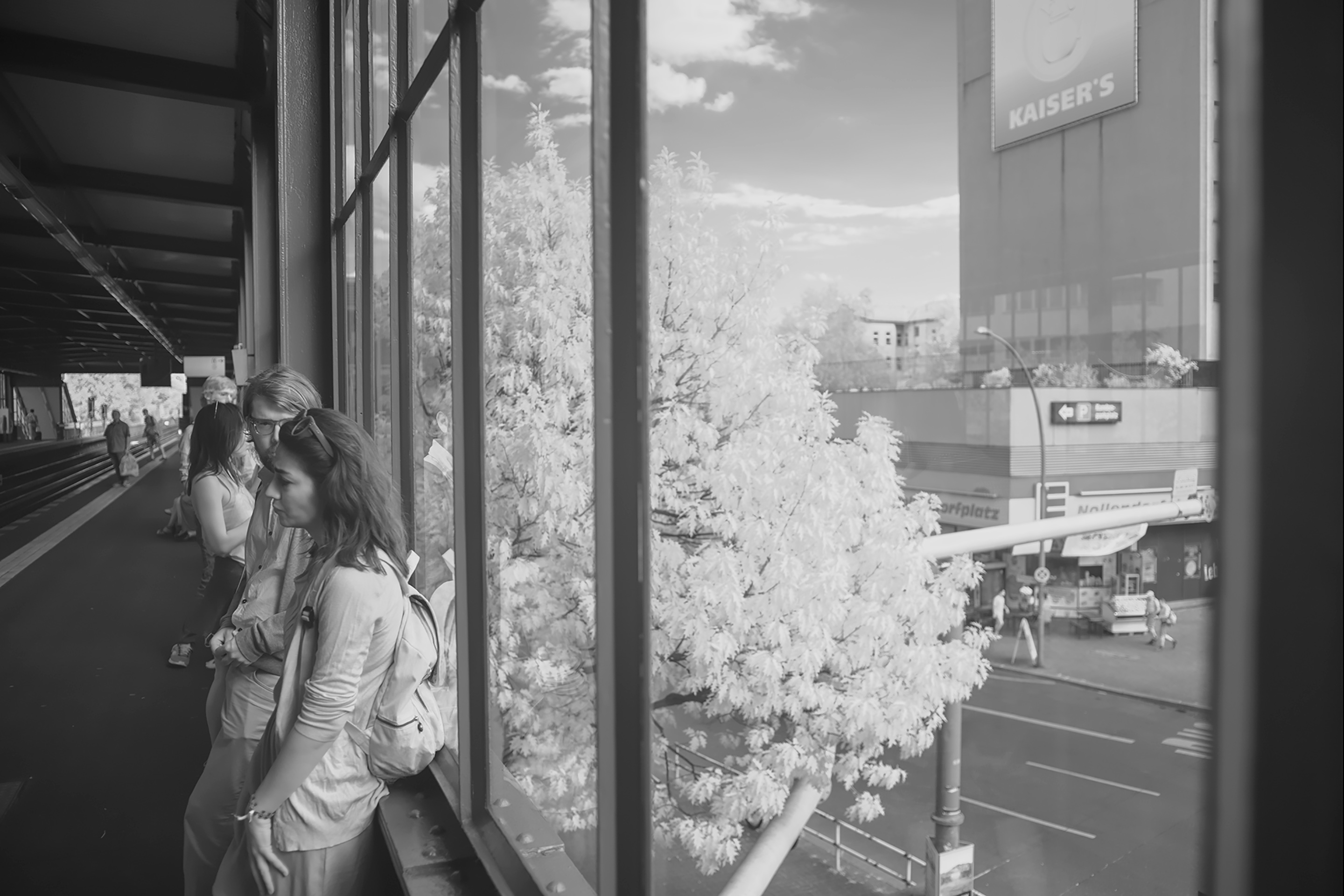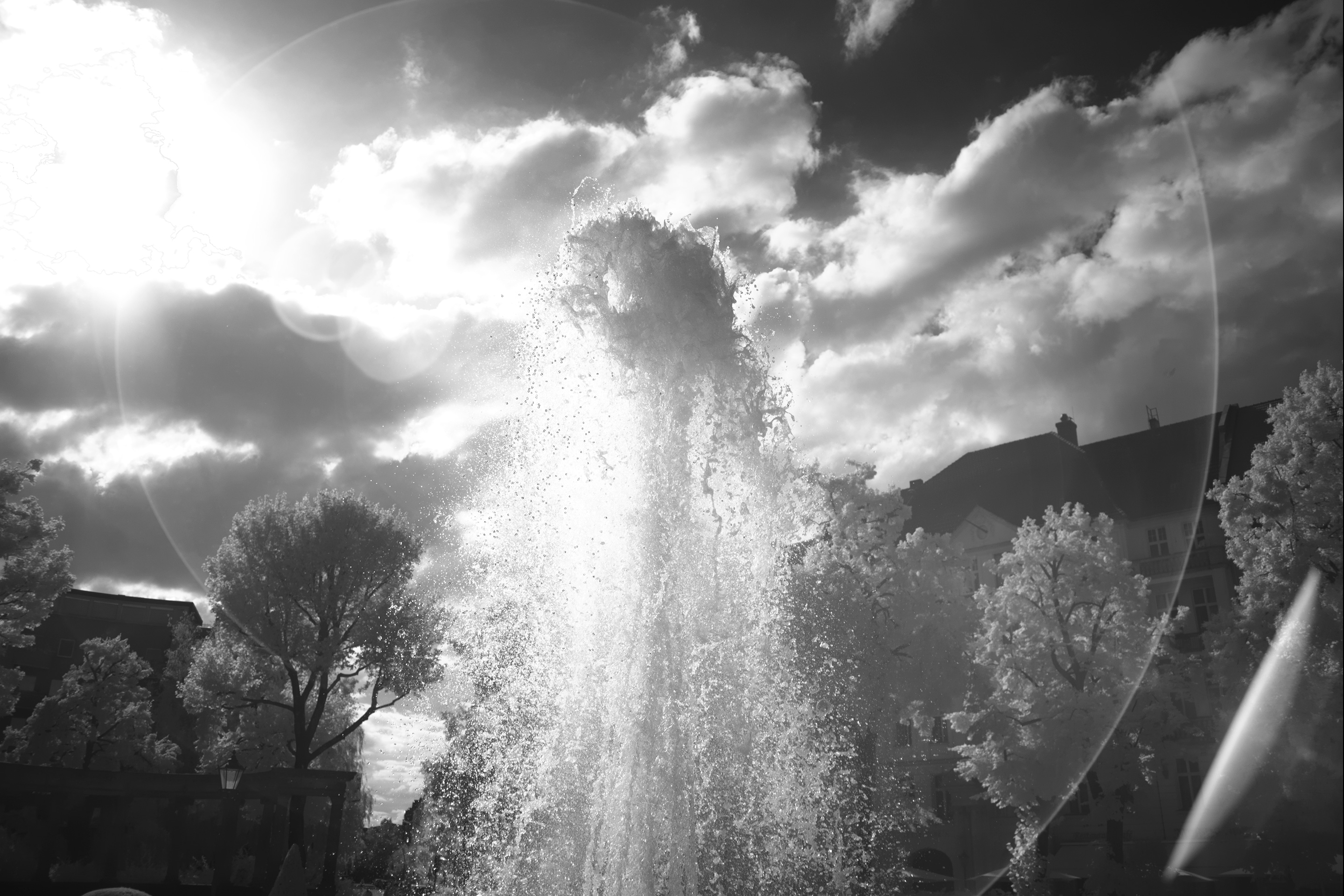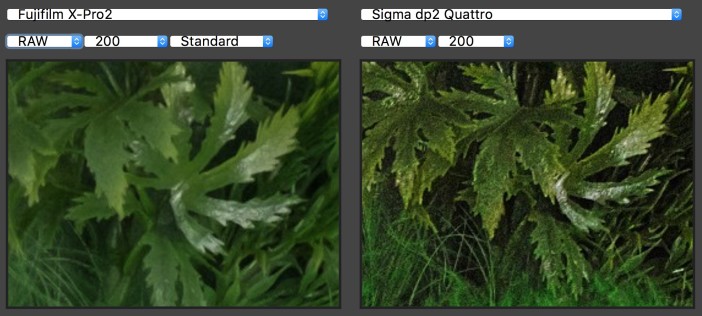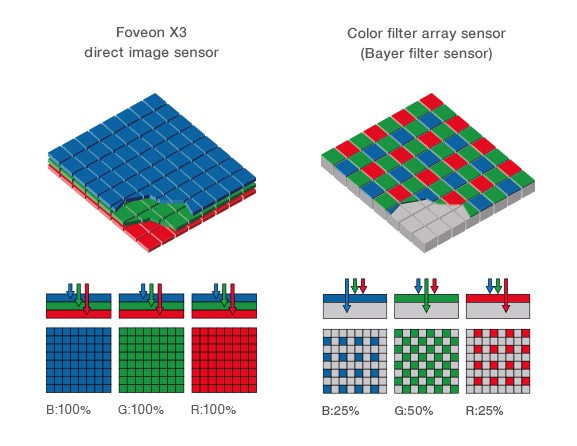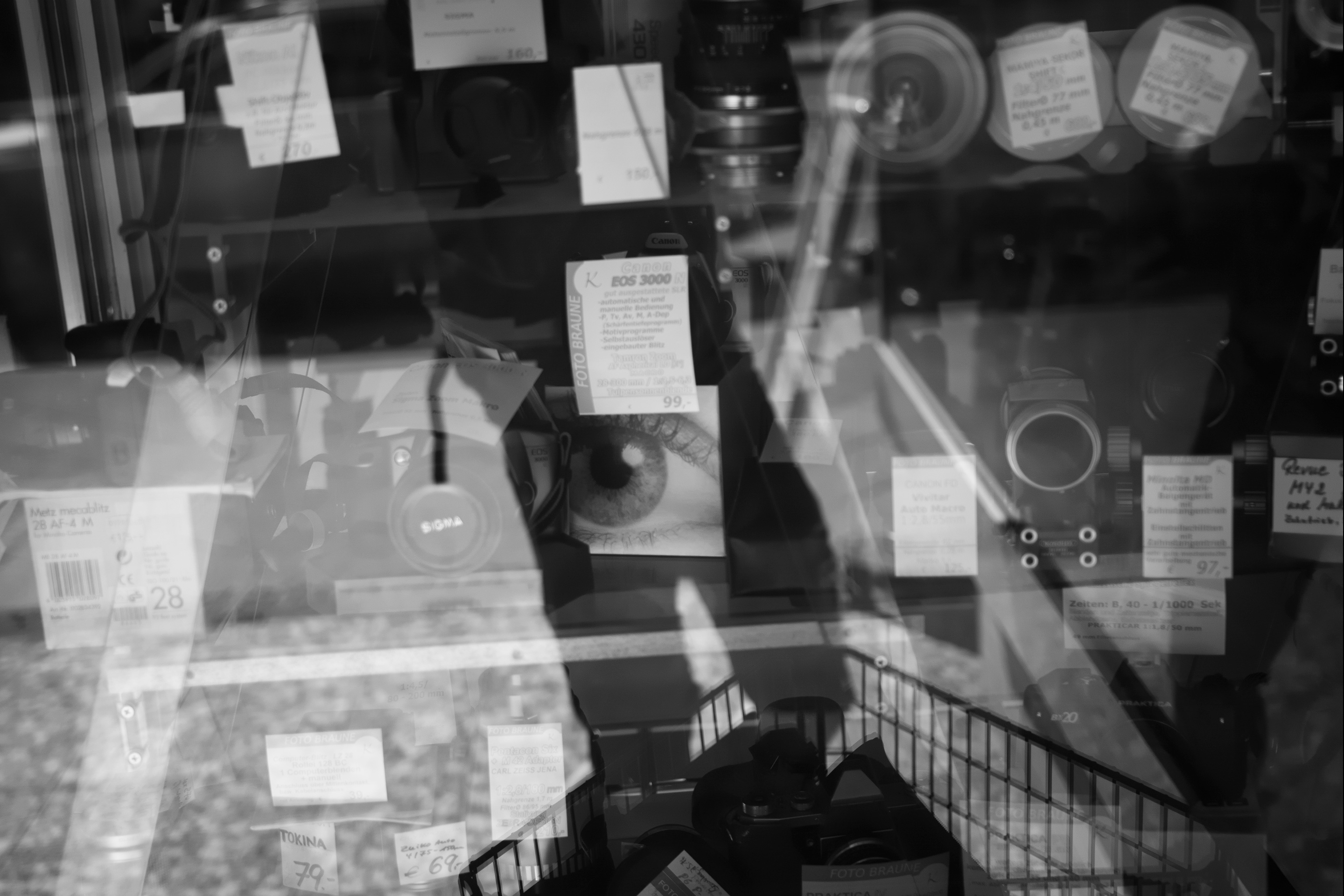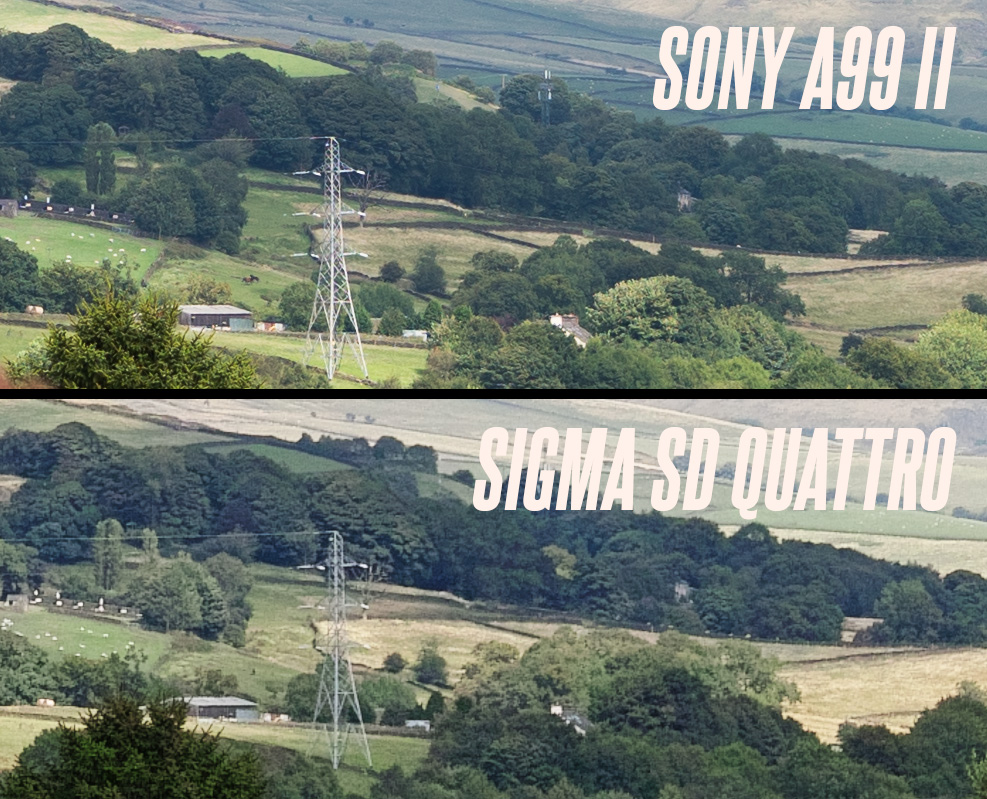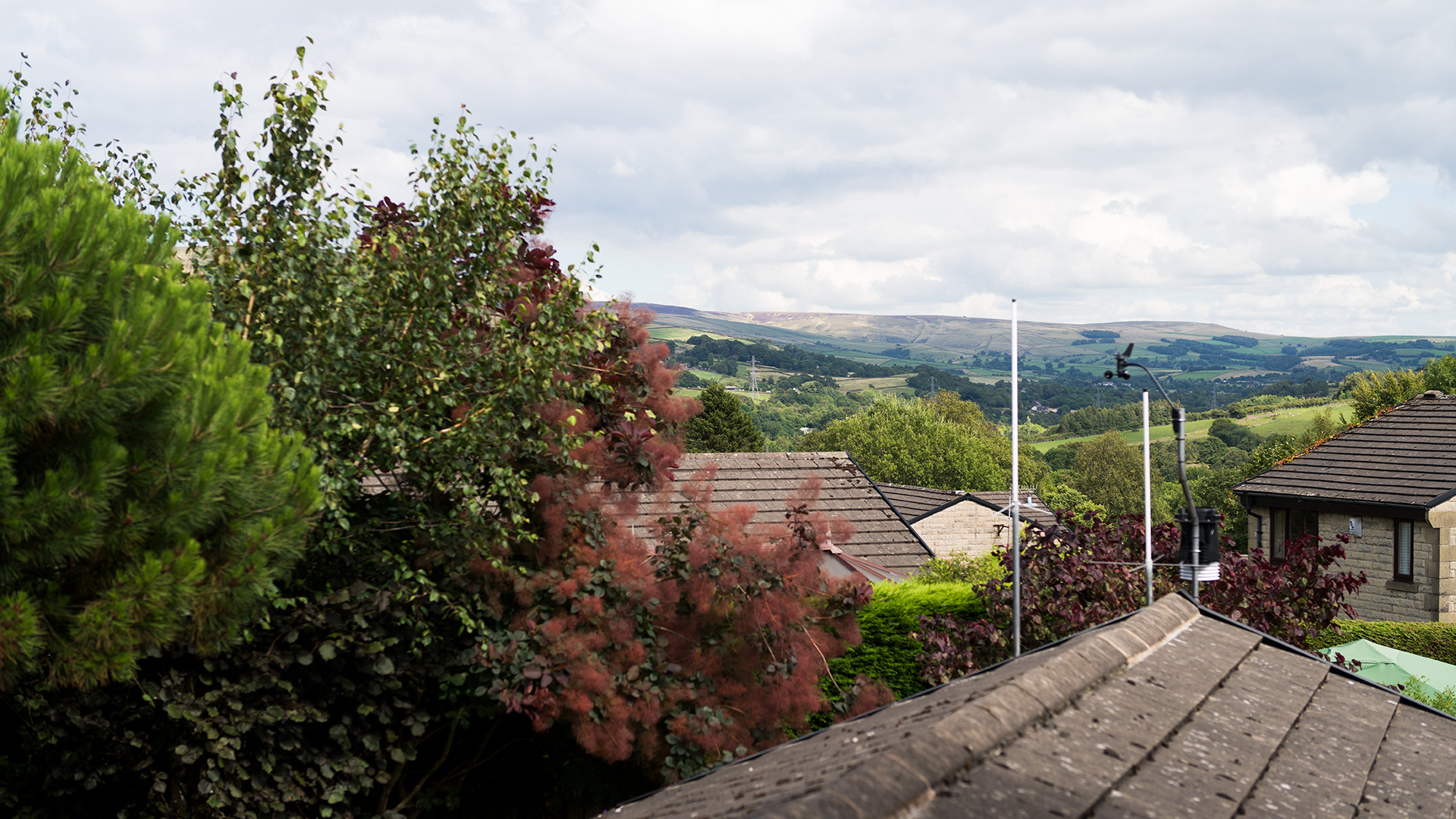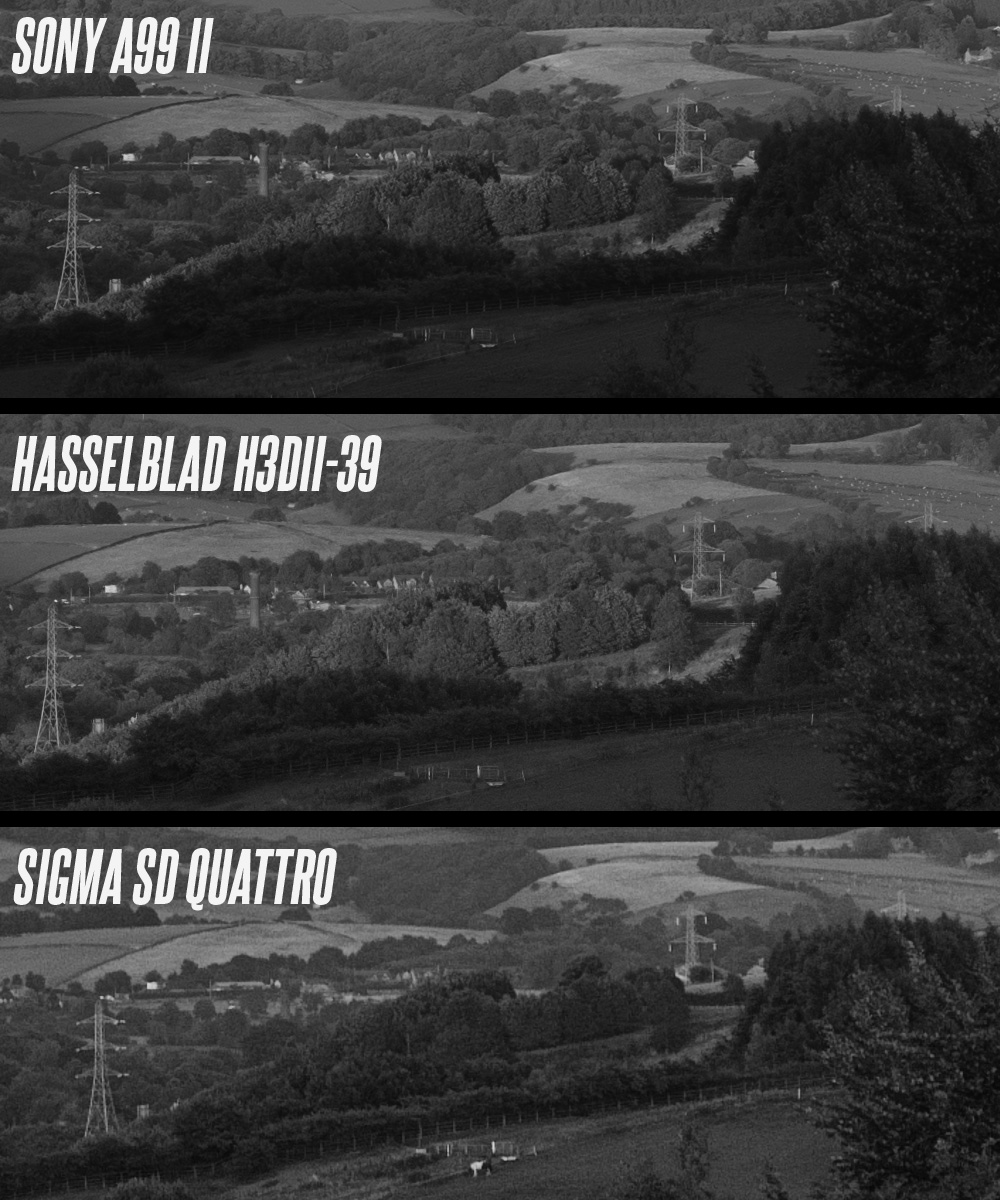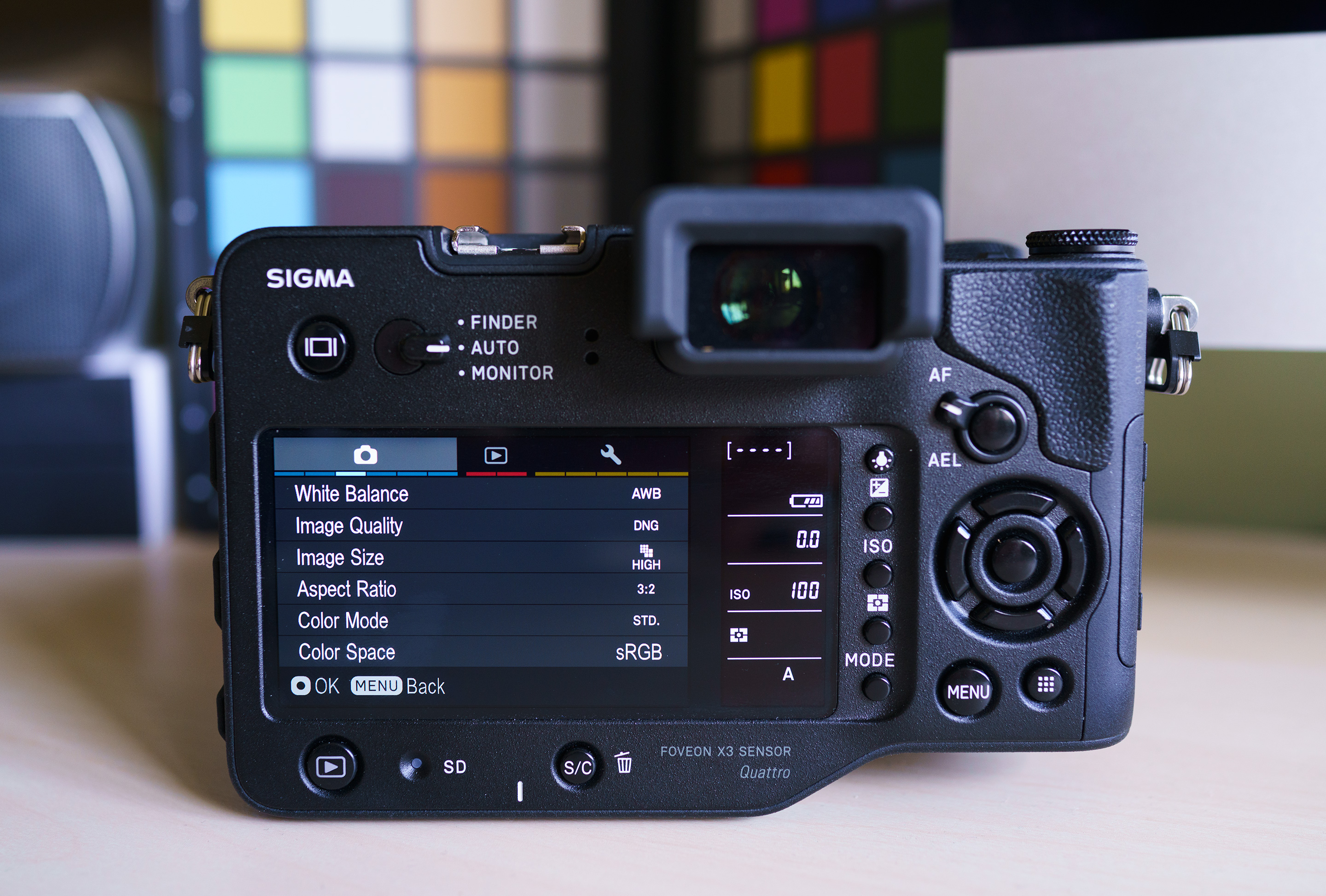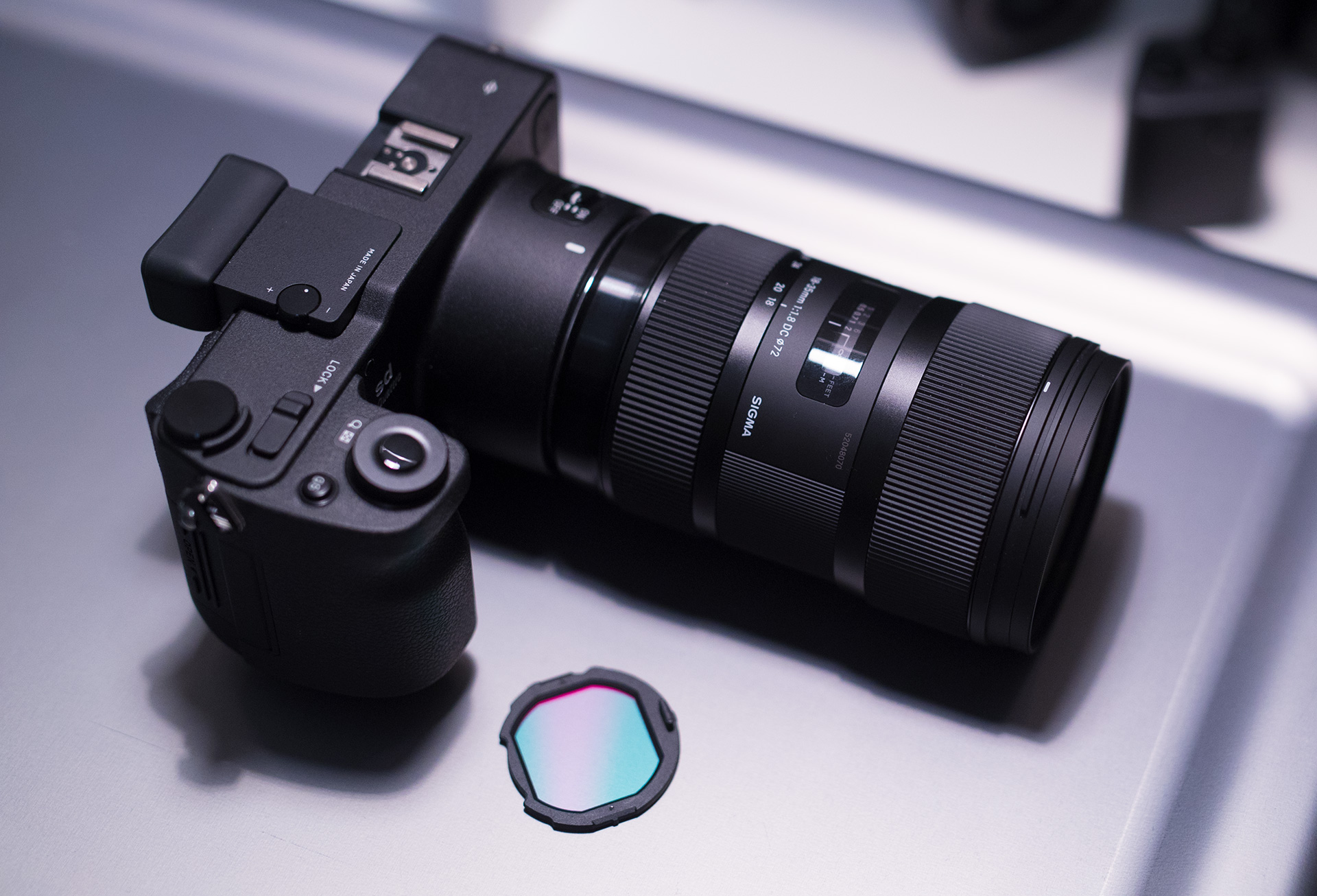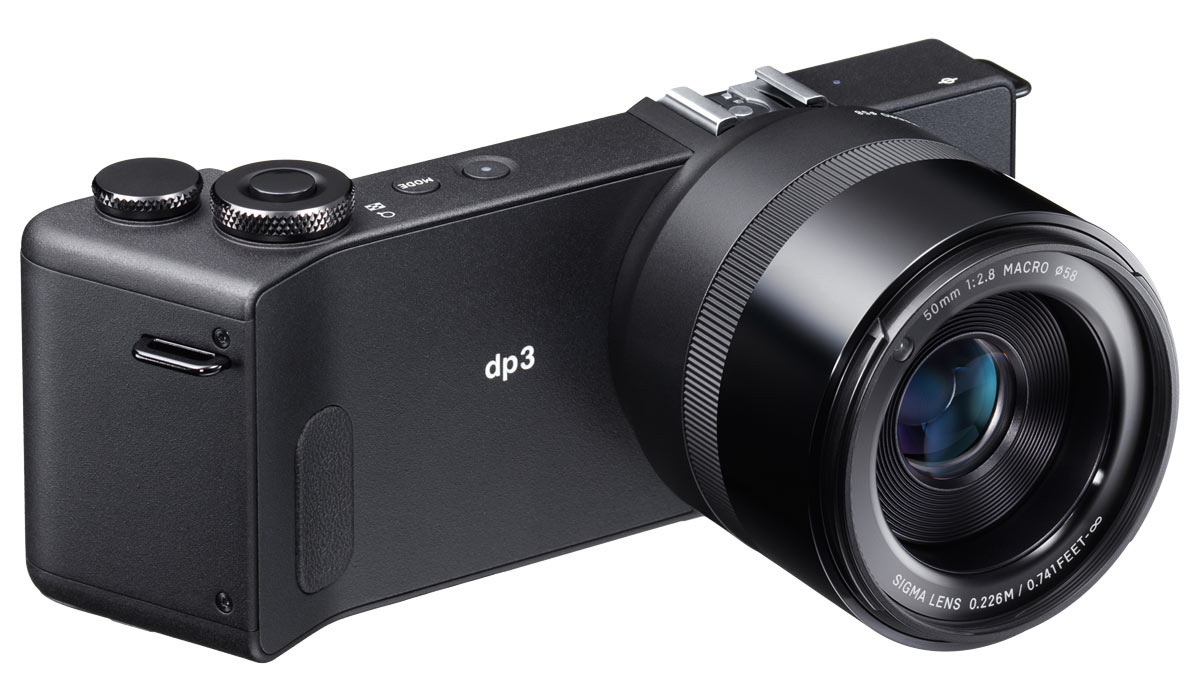
I’ve been shooting timelapses and infrared stills with the Sigma SD Quattro mirrorless camera.
Foveon is a future bayer slayer. Sigma could end up ruling the sensor market for high end cameras in 10 years.
In fact, stranger things have happened…
Sigma have quietly been selling a $699 stills camera since 2014 with as high a resolution as the Sony A7R II and better colour and ergonomics.
Nobody seems to have noticed.
How good is it?
Fujifilm have film simulation modes. How cute!
They’re just simulations.
The new Quattro Foveon sensor is the real thing.
In 2014 Sigma released the Quattro DP series with the new Quattro Foveon X3 APS-C CMOS sensor. I particularly liked shooting with the Sigma Quattro DP3 from which the image above is from.
Now in 2017 they have two mirrorless cameras based on the same technology, again starting around $699 with the SD Quattro and higher-priced SD Quattro H (APS-H size sensor, 1.3x crop).
Film-like response
This comparison between the Alexa and 35mm film clearly demonstrates, film still maintains a unique look, even compared to the most film-like digital cinema sensor on the market. Film has more colour depth, more texture and is less clinically smooth and ‘clean’.
It’s the exact film look Sigma has achieved with the latest Foveon X3 Quattro sensor, albeit in a digital stills camera that should not be pushed past base ISO.
The Sigma Foveon X3 Quattro CMOS doesn’t just mimic film, the underlying sensor architecture is layered like film emulsion.
In this review I take a look at the £700 SD Quattro mirrorless camera specifically, which has the same sensor as the Sigma DP0 to DP3 range of fixed lens Quattro cameras. It has no video mode, but I’m going to be using mine for 8K timelapse and photography. At low ISOs the output rivals the 8K / 42MP raw files from the A7R II for detail for much less expense, but it’s in the colour and tonal response where these cameras really perform far more like film than anything else.
Another party trick – Infrared shooting
As well as the innovative sensor which I’ll get to in a moment, the SD Quattro maintains the Sigma DSLR tradition of having a removable IR cut filter. You simply take it out with tweezers.
With this filter removed, light in the entire infrared spectrum falls on the sensor and with a visible light cut filter on the lens you get infrared-only light on the sensor. Setting the camera to monochrome gives you monochromatic infrared photos on a very high resolution mirrorless camera with interchangeable lenses.
Normally to convert a DSLR to infrared is a specialist job and it costs money.
Here you can do it at your desk in a few seconds, and most importantly put the IR cut filter back in again when you want to return to shooting normal visible light photos.
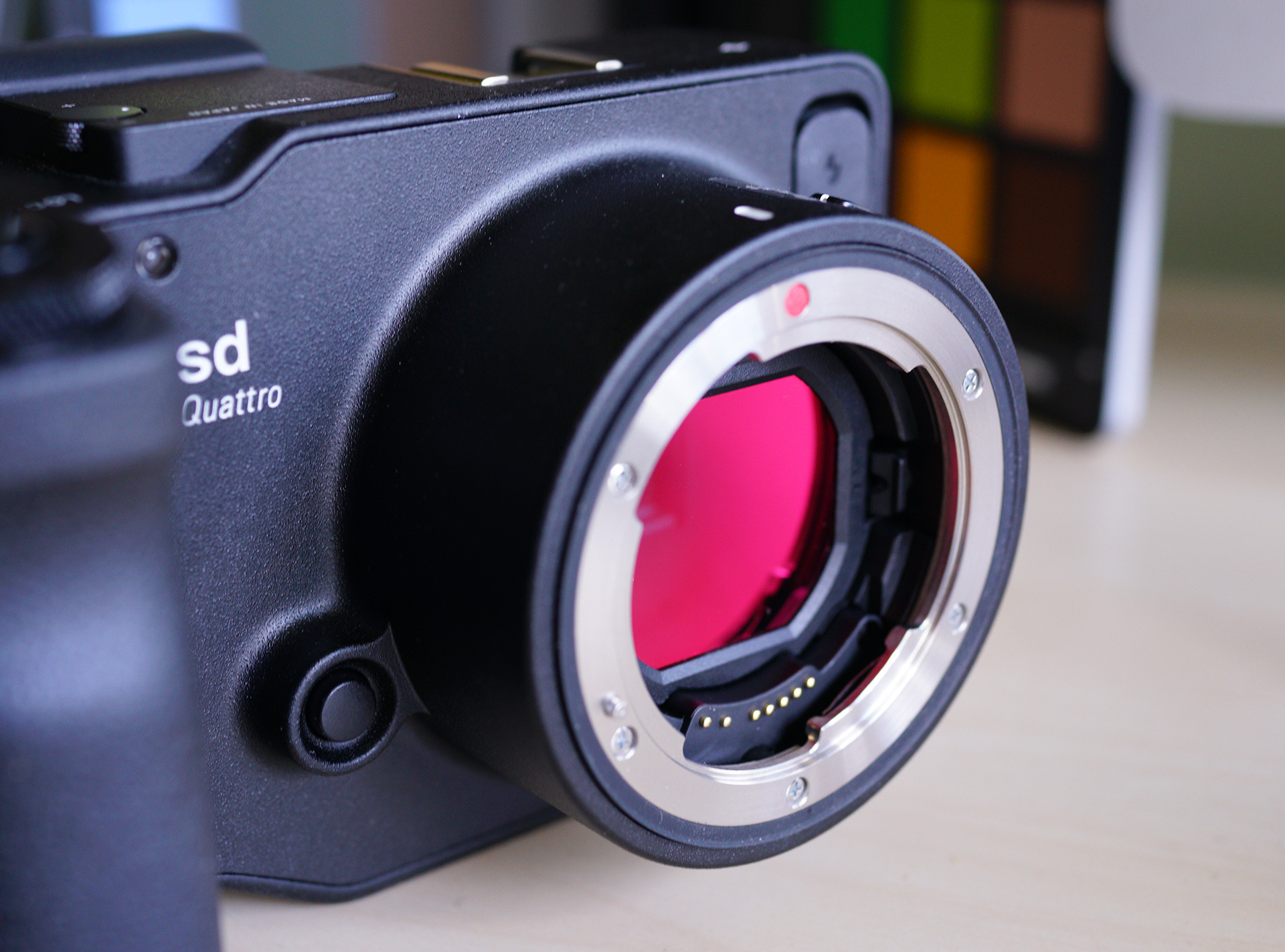 Above: The SD Quattro with infrared filter in place – to take it out takes a few seconds
Above: The SD Quattro with infrared filter in place – to take it out takes a few seconds
The following were shot with the Hoya Infrared (R72) visible light cut filter on the Sigma 18-35mm lens. This cuts visible light and only allows through infrared.
Usually in most mirrorless cameras in DSLRs, the infrared cut filter is part of the sensor assembly and an engineer’s job to remove.
Digital film is here
For a long time bayer CMOS sensors or similar variations (like Fujifilm X-Trans) have ruled both the photography and cinema camera market, for better or worse. Some of the earlier digital cinema cameras used bayer CCD sensors, such as the Sony F35 and Panavision Genesis.
The fact is, the bayer array for capturing colour on a mosaic of red, blue and green photosites, combined with CMOS technology instead of CCD, have given modern cameras a very digital feel. The 42MP Sony A7R II and 50MP Canon 5DS R are both in the region of $3500 and have taken all the resolution plaudits lately for resolution and image quality for stills – but lurking in the back of the cabinet are cameras very few people know about and even fewer dare buy: the Sigma Quattro series.
A bayer sensor does to colour what line skipping does to video on a DSLR… capturing only 1/3rd of the detail and colour information at any one point. Pixels on a bayer sensor are a composite of interpolated data. The difference is very visible in this test scene from DPReview –
The CMOS result looks ‘smoother’ but look how many more colour tones are present in the Sigma shot.
Even the best bayer CMOS sensors do seem to have a veiled look to colour versus film or Foveon. It’s a bit plastic. It’s nothing to do with noise reduction, although in the shot above it may look like it. Of course the Sigma is noisier than the X Pro2 even at ISO 200, but it doesn’t have that overwhelmingly digital look to the greens – and we’re talking about a Fujifilm here, with some of the best colour science on the market under the hood. It’s not a measure of how bad the X Pro2 is – it’s actually very good. It is in fact an indication of how eye-poppingly good the image out of the Sigma is.
Colour isn’t just down to the sensor of course, a lot goes on in the processing and de-bayering. Canon and Fujifilm do an aesthetically beautiful job of this, whereas Sony tend to go for a more technically precise put perhaps less pleasing end result. I do struggle with Sony cameras sometimes to put skintones in a more flattering, less clinical place – not just with S-LOG but with the raw stills too.
How it works
The normal CMOS sensor in your camera doesn’t capture 100% red, blue and green at every photosite.
It is divided up into a mosaic of 50% green, 25% blue and 25% red.
There’s more green as the green wavelength of light takes up a disproportionately large chunk of the overall visible light spectrum.
Detail and colour is lost because 3 pixels are needed to calculate the colour and brightness (luminance) for 1 pixel.
The Foveon design attempts to solve this problem by capturing 100% red, green and blue at every photosite. 1 pixel has all the colour and luminance information it needs, without borrowing from neighbouring pixels.
Therefore with Sigma’s Foveon X3 debayering is not required, it works like analogue film emulsion. Analogue photographic film also has 3 layers of emulsion. Each layer captures a different wavelength of light – red, green and blue on separate layers. The Foveon design mimics this in silicon, exploiting the fact that wavelengths of light penetrate silicon at different depths. Blue light is captured on the top layer sensor, green in the middle and red on the bottom layer.
A bayer sensor is a bit like pixel-binning and line-skipping for colour. A Foveon sensor is a full pixel readout for colour.
It is like having 3 sensors in one chip, stacked one on top of the other.
Although the Sigma Foveon X3 Quattro sensor is CMOS technology, it seems to have a look much closer to a medium format CCD. I find that the best CCD cameras give a very different colour response to CMOS cameras and a more film like grain (even though they’re bayer designs). I think we lost something in the transition to CMOS. The Digital Bolex is testament to this, with it’s lovely vintage film-feel and (ex)Kodak CCD sensor.
We’re due a sensor revolution
There are two important technologies around today which could completely revolutionise the image sensor market. Quantom Dot (InVisage Quantum Film) is one. Foveon is the other.
What Foveon needs is more speed. It has 3x the data to deal with from having effectively 3 sensors stacked into one chip.
In the future I see this changing naturally as processing and sensor speeds continue to rocket upwards. A stacked memory buffer would also help with Foveon and such technology already exists at Sony.
In just a couple of years, Sigma have gone from frustration tear-inducingly slow Foveon sensor and very long processing times on cameras like the DP2 Merrill, to a sweeping improvement across the board with regards to how responsive the Quattro range is. Foveon is sitting pretty for the future.
But stop. Have I gone mad?
There’s something you need to know about the SD Quattro cameras before we go any further.
They are ISO 100 cameras and they have no video mode. At all.
The live-view mode is rather pixilated and although the EVF glass and panel are high specced, the overall EVF experience suffers from the lower resolution live-view feed too.
They have a built in intervalometer for timelapse and a very good JPEG engine to avoid the raw processing time in post for long sequences. Even better news is now the SD Quattro and SD Quattro H shoot DNG raw compatible with Adobe software and DaVinci Resolve. Previously you had to use Sigma’s own software to process the raw files and although it produces superior results, it’s painfully slow and doing a timelapse sequence would take forever!
Why ISO 100 only? Well actually the camera has a range of 100-6400. It’s just that the image is noticeably better at ISO 100 compared even to 400. In fact 100 is the base of this camera, not 200, whereas ISO 800 is strictly for emergency use. Medium format users with CCD sensors in the 40MP range will be used to operating like this and there are plenty of good mirrorless cameras for available light work at ISO 1600+ so pick the right tool for the job.
ABOVE: The window at Foto-Braune in Berlin, one of my favourite photographic haunts
Quattro improvements
AF speed (in good light at least) is much improved from the Foveon X3 Merrill compact cameras but still nowhere near as fast as a modern mirrorless camera.
When I first used the SD Quattro one thing struck me above all – it’s a “stop and think” kind of camera. Treat it like a medium format film camera on a tripod. If you don’t have enough light, use a slow shutter speed like 1/4 and shoot a still landscape scene with it. It simply does not in any way replace a normal “all-rounder” with fast AF and high ISOs. It is at home steady as a rock with slower shutter speeds and in good light.
Battery life used to be a weak point on Sigma’s cameras too. The SD Quattro is a big improvement. It uses the same battery and charger as the Panasonic GH5 and GH4. The Quattro DP series used the much smaller GH2 battery. I do still recommend packing some spares though for longer shoots.
Resolution test vs A7R II (42MP) and Hasselblad H3DII medium format CCD (39MP)
Sigma have changed their Foveon design so the blue layer on top of the sensor is 19MP. This has 4x the resolution of the red and green layers under it, hence the name Quattro. Sigma did this to bump the resolution up for the luminance channel resulting in more detail, but also to allow the red and green layers to pick up more light from larger pixels with a less dense megapixel count. Thus the red and green layers benefit from their lower 5 megapixel counts on an APS-C size sensor, cleaning up some noise.
As the Sigma Quattro stills are so detailed at 1:1, the 5K results can easily be upscaled to compete with the monstrous Sony 42MP bayer sensor in the A7R II, RX1 II and A99 II.
The Sony still has the advantage at 8K (42MP), but the Sigma SD Quattro is obviously closer to being a 7K camera than 5K! Can you see the sheep? Yes you can see the sheep. Although you can see horses having sex in the Sony shot.
To give you an idea of how extreme this crop is, here is the original shot – at 50mm (full frame) on the Sony and 35mm on the Sigma (APS-C) –
Now let’s see how the mighty medium format camera compares…
At 39MP with no anti-aliasing filter, no micro lenses and a masisve 49 x 36mm medium format sensor the H3D-39 was for a long time the standard benchmark for high resolution commercial photography, and when it came out the camera cost $30,000, with lenses $3000 to $6000 a-piece.
On test here is the H3D-39II with 39 megapixel Kodak KAF-39000 sensor and the Hasselblad 80mm F2.8 stopped down to F5.6. The field of view of this lens is equal to about 55mm on a full frame camera with its piddly small crop sensor 🙂
It is interesting to see not just how the Sigma SD Quattro’s Foveon sensor stacks up against this $30,000 camera of 10 years ago, but how the modern Sony 42MP CMOS does as well…
I would give a slight edge to the Hasselblad H3DII-39 over the 42MP Sony, which is amazing considering there’s a 10 year difference in technology between the two.
The Sigma SD Quattro doesn’t quite hang with the 39MP and 42MP monsters but it’s close for a $700 camera isn’t it?
If you look at the pylons and the field of sheep on the right-top, these don’t quite come out clearly on the Sigma.
Dynamic range on the Sigma SD Quattro is comparable with the X Pro2 and other high-end APS-C cameras but not quite up there with Sony’s best full frame sensor. There is quite a sudden burn in the highlights, so be careful exposing the camera.
DNG raw benefits
In a recent firmware update Sigma added DNG raw recording (for stills) to the SD Quattro and SD Quattro H. Previously you needed to use the very slow Sigma Photo Pro software to open X3F format raw files from the camera. Now you can simply open the DNG files in Adobe Photoshop like normal.
These files are 19MP or approximately 5.5K, and no JPEG is recorded in DNG mode unlike the standard RAW+JPEG X3F mode.
The Sigma X3F raw files are of the same resolution but Sigma Photo Pro using the Super-Hi export setting, the software can produce upscaled 16bit TIFF files at roughly 36MP or 7K.
Sigma Photo Pro still has the quality edge but Adobe Camera Raw with DNG files has by far the speed and convenience advantages.
Handling and ergonomics
I absolutely love the feel of the SD Quattro’s body, and the DP range with fixed lenses is very different as well to the usual crowd.
It is the build quality and grip size that sets the SD Quattro apart from the Sony’s and Panasonic’s mirrorless fleet.
There doesn’t seem to be much evidence of cost cutting or share-holder related decisions anywhere on the body.
The LCD can be turned off if you plan only to use the EVF but the information display is on a separate screen adjacent to the LCD, rather than remaining on the backlit LCD draining power. Very clever and it cost Sigma more to design it like this. I have no idea how this weather sealed magnesium alloy body costs just £699.
The feel of the buttons and dials are exemplary. The dials are not recessed notches cut into the body, they are unobstructed wheels on the top plate. There’s no joystick but the d-pad has a lovely tactile feel to it – soft buttons with travel yet they feel but precise and responsive at the same time.
They even put the battery the right way around for a change – it is set into the grip rather than horizontally towards the centre of the camera, making good use of the space in the grip. The lock on the battery door is not a cheap feeling latch you scratch with your nail, but a full-on folding-out swivelling lock you hold with your fingers. Little design features like this turn me on.
Quattro DP range
If you go for the DP range and don’t intend to buy Sigma mount lenses like the 50mm F1.4 ART or superb 18-35mm F1.8 for the SD Quattro, you can save some money and get the same sensor, with some very good optics for the same price as just the mirrorless body by itself. These APS-C ‘compacts’ don’t have a built in EVF like the SD Quattro does but you have the option to turn the rear LCD into an EVF with Sigma’s loupe attachment (similar to the Zacuto Z-Finder). The glass in the Sigma loupe for the DP cameras is absolutely first rate and comes attached to a mounting plate that goes under the camera for stability – I much prefer this to the stick-on frames.
All the DP cameras are identical apart from the lenses. The DP0 has an ultra-wide angle 14mm (21mm equivalent) F4. I bought my DP0 for just £699 at Park Cameras in the UK with the loupe. The DP1 is a 19mm F2.8 (28mm equiv.) and the DP2 is 30mm F2.8 (50mm equiv.). However it is the 50mm F2.8 DP3 which is my favourite of the bunch. How to sum up the DP3’s 50mm F2.8, 75mm equiv.? Insane sharpness and perfection wide open at F2.8. Incredible bokeh and contrast. It performs in terms of resolution like the ART series primes when they stopped down! It has a much shallower depth of field than the DP2 and macro ability. What’s more it pairs with my anamorphic lenses like the Iscorama and Kowa 8Z without vignetting and also Richard Gale’s rather cinematic DSO FF38 wide angle adapter for when I want a DP2-style 50mm equivalent field of view instead of 75mm.
The DP Quattro range has a very unusual design but I enjoyed it. The strangely reversed grip isn’t the most comfortable but you do get used to it. The menus are the same on the SD Quattro and the DP range – responsive, sensibly laid out, attractively colour-coded and with a big clearly legible font.
That’s a wrap… But not quite
Sigma do a higher-end model now with an APS-H size sensor (1.3x crop over full frame). This doesn’t have much of a low-light boost but the EVF is larger, the rendering from the larger sensor is closer to full frame for Sigma ART lenses and it has a resolution bump over the standard APS-C SD Quattro. Does APS-H make a difference over APS-C? Yes it does, very noticeable. See for instance the Canon 1D C 4K mode vs only Super 35mm. The “SD Quattro H” camera with the 18-35mm is pushing the corner sharpness down a bit but it doesn’t vignette much especially at 35mm. On the full frame lenses like the 35mm F1.4 it will give you close to medium format performance for resolution at F2.8.
I haven’t tried the higher-end camera yet, but expect it to compete with 50MP bayer sensors.
Along with the 50-100mm F1.8 APS-C lens and 20mm F1.4, the sd-Quattro H gives us a clue to where Sigma are at as a company in 2017. Very advanced and very innovative.
Canon, they are coming for you…




